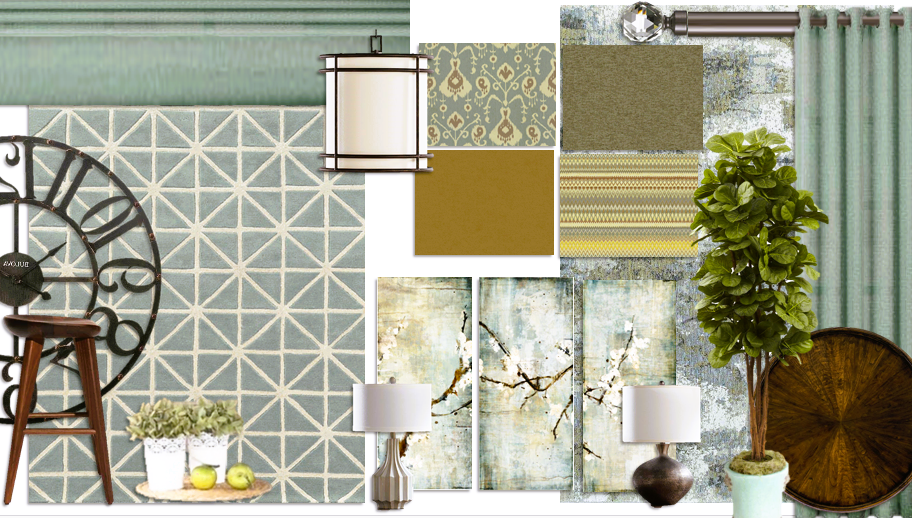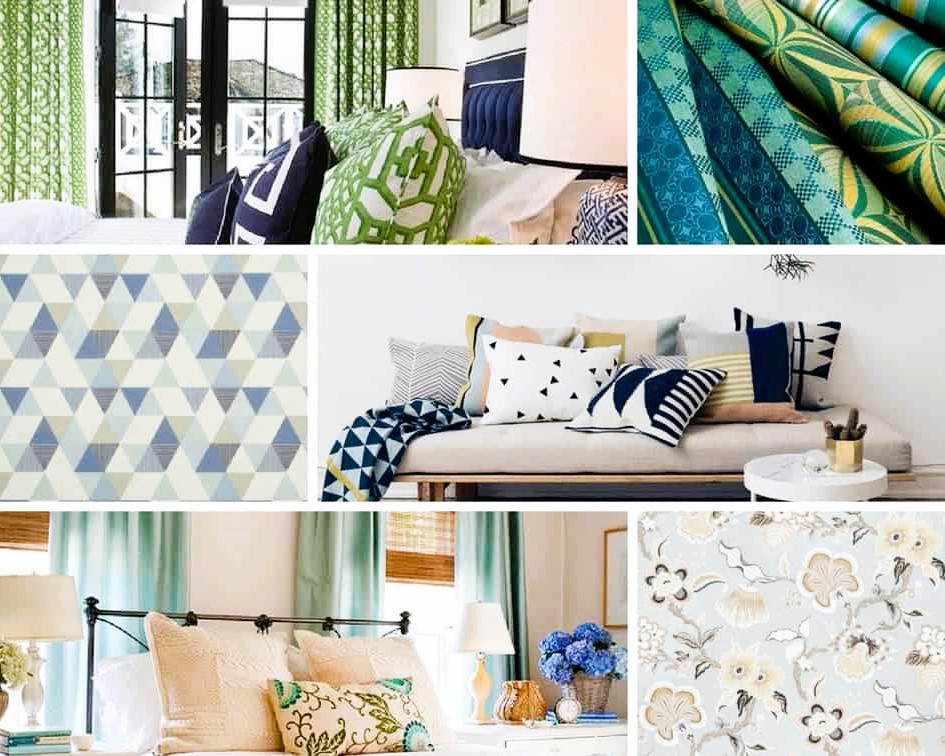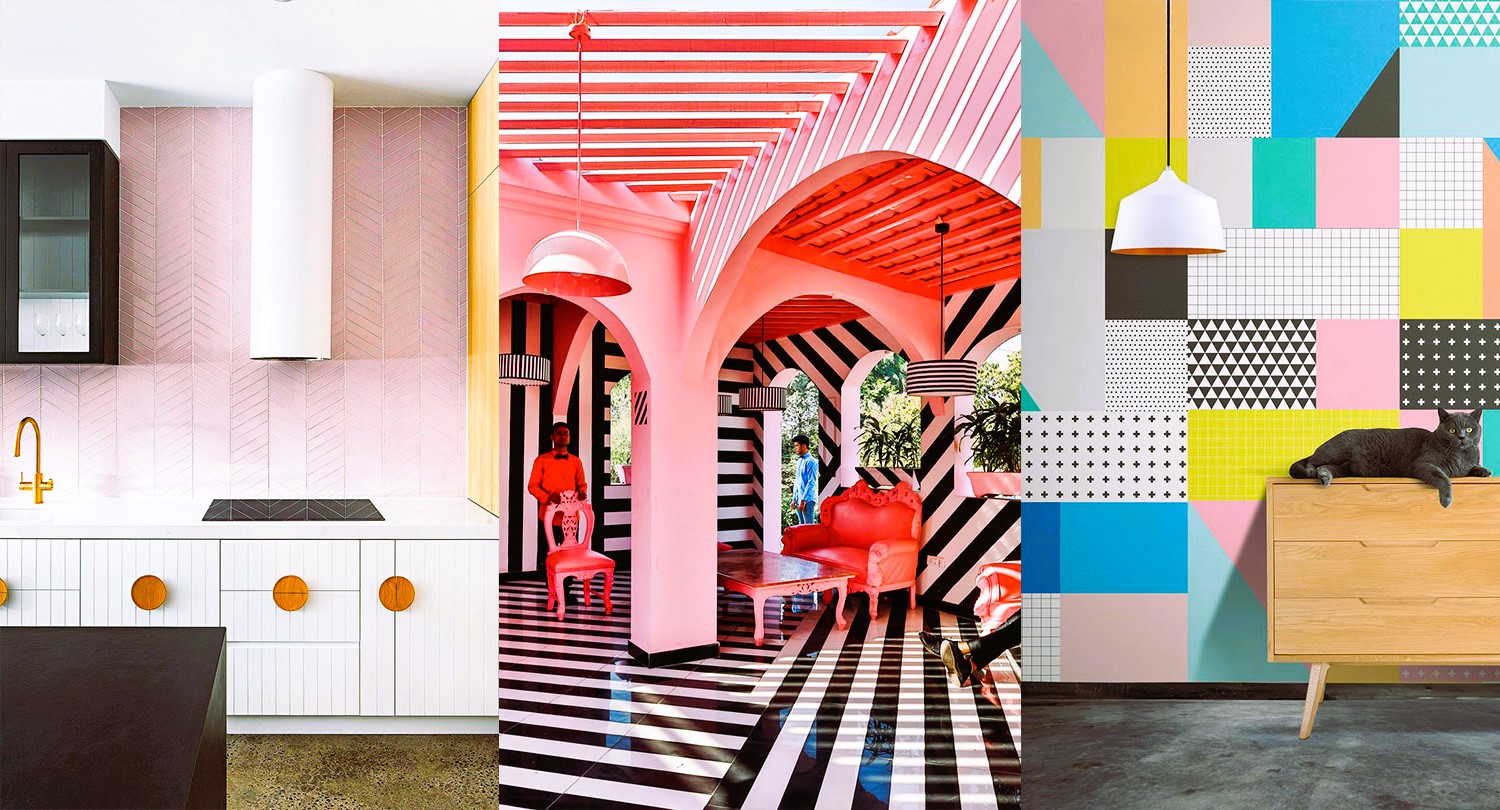Interior design is a realm of boundless creativity, and one of the most exciting ways to infuse personality and depth into a space is by mixing patterns and textures. This artful practice can transform a room from flat to visually captivating, creating an atmosphere that engages the senses and reflects your individual style. In this comprehensive guide, we’ll delve into the world of pattern and texture mixing, offering tips and insights to help you master this dynamic design technique.
1. Start with a Neutral Base
When embarking on the journey of mixing patterns and textures, begin with a neutral color palette as your canvas. A neutral backdrop provides a cohesive foundation that allows different patterns and textures to shine without overwhelming the space.
2. Understand Scale and Proportion
Effective pattern and texture mixing hinges on understanding the scale and proportion of each element. Pair larger patterns with smaller ones, ensuring that they complement rather than compete with each other. Balancing bold patterns with subtle ones maintains visual harmony.
3. Choose a Dominant Pattern

Select a dominant pattern as your starting point. This could be a large-scale floral, geometric, or abstract motif. The dominant pattern will set the tone for the room and serve as a reference point for other patterns.
4. Vary Pattern Types
Mixing patterns doesn’t mean sticking to just one type. Experiment with different pattern categories, such as florals, stripes, plaids, and abstract designs. Incorporating diverse pattern types adds depth and complexity to the design. We recommend reading our article on Energy Efficient Windows: A Step Towards a Greener Home.
5. Play with Color Harmony
Color harmony is essential when mixing patterns. Opt for a consistent color palette that runs through the patterns and textures you choose. This creates a sense of cohesion even when patterns differ.
6. Layer Textures
Textures add tactile interest to a space. Integrate a variety of textures like smooth, rough, soft, and tactile materials. Consider elements like velvet, silk, leather, wood, and metal to introduce dimension and warmth.
7. Link to Standards: Canada.ca – Building and Renovating
When implementing interior design changes, it’s crucial to adhere to building and renovating standards to ensure safety and compliance. Explore this official government resource for valuable insights.
8. Mixing Pattern Scales
Combining patterns of different scales creates visual contrast. Pairing a large-scale pattern with a smaller one adds intrigue and prevents monotony.
9. Keep a Common Element
To tie the various patterns and textures together, maintain at least one common element. This could be a shared color, shape, or theme that runs through the design.
10. Embrace Negative Space

Amidst the pattern and texture extravaganza, don’t forget about negative space. Allow areas of the room to breathe, creating visual pauses that prevent overwhelming the senses.
11. Experiment with Accessories
Accessories like throw pillows, rugs, and curtains offer a low-commitment way to experiment with patterns and textures. Play around with different combinations to find what resonates.
12. Trust Your Instincts
Ultimately, mixing patterns and textures is a creative endeavor that should reflect your personal style and preferences. Trust your instincts and have fun with the process.
In conclusion, mastering the art of mixing patterns and textures in interior design requires a delicate balance of color, scale, and harmony. By starting with a neutral base, understanding scale, and experimenting with different pattern types, you can transform your space into a visually rich and harmonious sanctuary that truly resonates with your aesthetic sensibilities.

